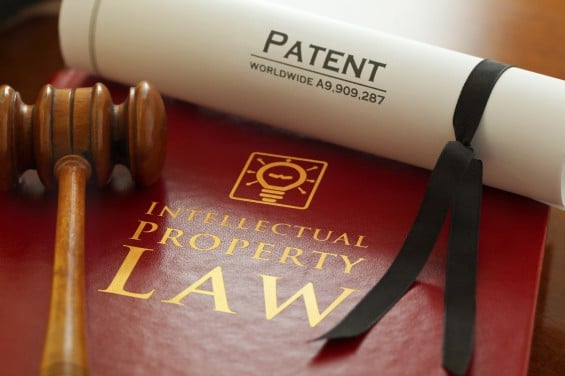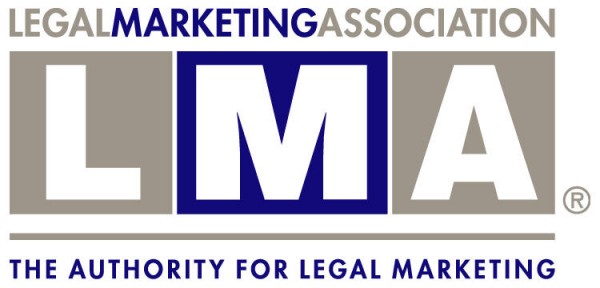 I had two ideas for a column this week, now that the end of 2024’s first quarter approaches. One idea, which has been tabled for the moment, was to look at a recent day’s worth of complaint filings in patent cases, to get a sense of what types of cases are being filed right now. Back in 2018, I heralded the importance of scanning complaints as critical to developing “a real-time understanding of the patent litigation landscape as possible, so that one’s advice to clients is as well-informed and timely as can be.” The advice I shared back then is evergreen, so I look forward to doing a complaint checkup at a future date. For this week, however, a look at newly filed cases will have to take a back seat to a precedential Federal Circuit decision in a medical device case involving the safe harbor provision of 35 U.S. Code § 271(e)(1). In particular, the split decision in this case of interest between the majority and the dissent centered on the import of a single word in the relevant statute, offering an interesting example of the Federal Circuit’s approach to statutory construction as it applies to appellate review of district court infringement decisions.
I had two ideas for a column this week, now that the end of 2024’s first quarter approaches. One idea, which has been tabled for the moment, was to look at a recent day’s worth of complaint filings in patent cases, to get a sense of what types of cases are being filed right now. Back in 2018, I heralded the importance of scanning complaints as critical to developing “a real-time understanding of the patent litigation landscape as possible, so that one’s advice to clients is as well-informed and timely as can be.” The advice I shared back then is evergreen, so I look forward to doing a complaint checkup at a future date. For this week, however, a look at newly filed cases will have to take a back seat to a precedential Federal Circuit decision in a medical device case involving the safe harbor provision of 35 U.S. Code § 271(e)(1). In particular, the split decision in this case of interest between the majority and the dissent centered on the import of a single word in the relevant statute, offering an interesting example of the Federal Circuit’s approach to statutory construction as it applies to appellate review of district court infringement decisions.
In the case, the defendant Meril was trying to get FDA approval to sell its Myval-branded transcatheter heart valves. For those of us whose subscriptions to Interventional Cardiology Weekly have expired, transcatheter heart valves are used to treat patients suffering from heart disease via the insertion of the artificial heart valve to take over from an existing valve that has become diseased. Because such valves can now be replaced without the need for open-heart surgery, they are an attractive option for those who can benefit from the valve replacement. Meril, based in India, first got approval for its product in India and the EU. Needing FDA approval to sell in the U.S. market, Meril started work on a “premarket submission” by both contacting the FDA and working with a consulting company experienced in shepherding such submissions through the FDA process.
Knowing as it did that a successful FDA submission would be buttressed by a comparative clinical trial of its product against those already in the market, “Meril sought out potential clinical researchers for FDA clinical trials at the 2019 Transcatheter Cardiovascular Therapeutics Conference in San Francisco (TCTC).” The company sent over a group of 20 employees to the conference, instructing all of them not to make “any sales or offers for sale at the conference, or while in the United States for the U.S. market. You can make offer [sic] for other countries.” In addition, one of the employees took two samples of Meril’s product with him, ostensibly to give demonstrations should there have been interest. As it turned out, however, the samples “were never taken out of the bag or shown to anyone after they was (sic) imported into the United States.” In fact, it was “undisputed that Meril did not offer for sale or sell the Myval System to anyone” at the conference.
Those facts did not stop Meril from getting sued for patent infringement by one of the bigger players in the heart valve space — and no stranger to patent litigation — Edwards Lifesciences. Meril, however, won on summary judgment of noninfringement, with the district court finding that its “importation of the Myval System was exempt from patent infringement under the safe harbor of 35 U.S.C. § 271(e)(1).” Edwards appealed, raising “the question of whether 35 U.S.C. § 271(e)(1)’s safe harbor applies when undisputed evidence shows Meril’s importation of two demonstration samples of its transcatheter heart valves to a medical conference was reasonably related to recruiting investigators for a clinical trial to support FDA approval.” For the majority, it did.
To get there, the majority focused on a number of cases that it found instructive on the safe harbor issue, which all interpreted the statute’s use of the word “solely” as not saying “that the use must only be reasonably related to the development and submission of information to the FDA.” Accordingly, the majority said it was irrelevant “why Meril imported the two transcatheter heart valve systems, or how Meril used the imported transcatheter heart valve systems” in the context of the conference. Instead, the majority focused on Meril’s preconference steps to secure FDA approval, as well as its focus at the conference on finding clinical trial partners to support an eventual FDA submission. As a result, summary judgment of no infringement was appropriate, despite Edwards’s protestations that Meril’s own instructions to its employees authorized them to make non-U.S. offers for sale while at the conference. Because no such offers ever took place, however, the majority refused to credit that argument. Nor did the fact that the valves never “left the bag” distract from Meril’s clear attempts to recruit investigators for the clinical trial, or somehow show that Meril’s intent was “the only probative evidence on applicability of the safe harbor.” Taken all together, the majority found enough support in the record to conclude that summary judgment of noninfringement was appropriate.
Writing in dissent, Judge Lourie took issue with the majority’s application of precedent that he contends incorrectly applies the safe harbor. In his view, the use of the word “‘solely’ creates a safe harbor only for uses, sales, and importations that solely are for, as the statute says, development of information for the FDA.” While the majority applied the cases that suggested otherwise in order to sustain the finding of noninfringement, Lourie’s dissent advocates for a return to the proper construction of the word “solely” in the statute — which in his view was completely absent from the district court’s analysis of the infringement question here. After a review of the relevant Federal Circuit jurisprudence, Lourie suggests that “the law could usefully be clarified by an en banc holding of this court, expressly returning the word ‘solely’ to its Congressionally-enacted place in the statute.” And even though the Meril case only “relates to the importation of two accused devices that were admittedly never used or sold, our court’s misconstruction of § 271(e)(1) should not be left to create future mischief” according to Lourie.
Ultimately, while it remains unclear whether the full Federal Circuit would accept the dissent’s invitation to consider this issue en banc, it is clear that reasonable minds can disagree on how the statute should be interpreted. Given the importance of the safe harbor in the increasingly globalized pharmaceutical industry, any further action on this case in the Federal Circuit is very much worth watching for. Until then, Meril seems to have escaped a finding that it solely intended to infringe, even as it shipped samples into the U.S. for commercial purposes that may have been frustrated. Forgetting something in the luggage has never been so important to a patent case.
Please feel free to send comments or questions to me at gkroub@kskiplaw.com or via Twitter: @gkroub. Any topic suggestions or thoughts are most welcome.
Gaston Kroub lives in Brooklyn and is a founding partner of Kroub, Silbersher & Kolmykov PLLC, an intellectual property litigation boutique, and Markman Advisors LLC, a leading consultancy on patent issues for the investment community. Gaston’s practice focuses on intellectual property litigation and related counseling, with a strong focus on patent matters. You can reach him at gkroub@kskiplaw.com or follow him on Twitter: @gkroub.
#Solely #Intending #Infringe #Law










